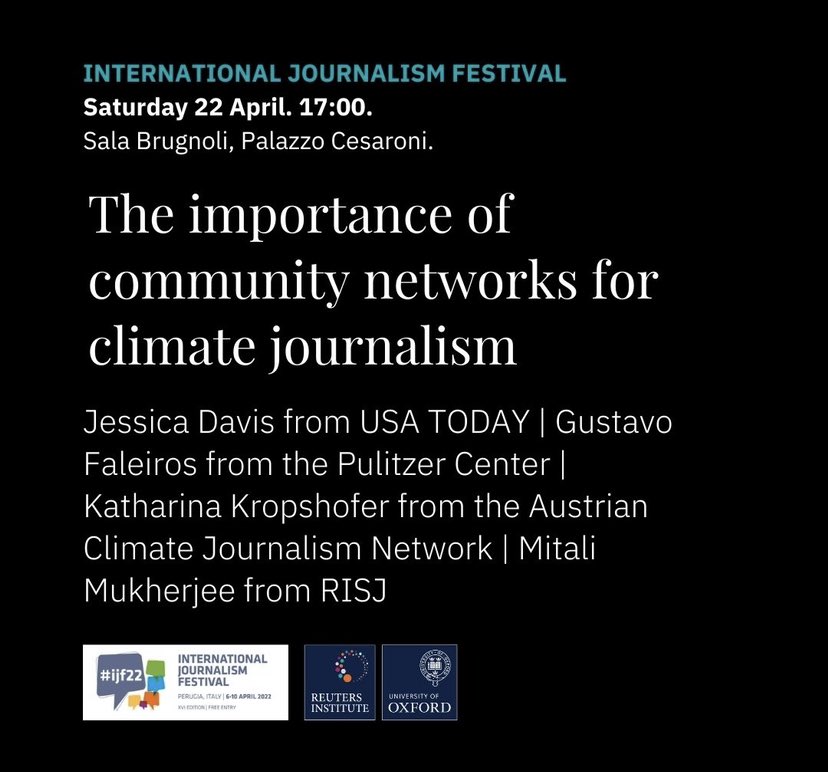Kicking off today's panel on TikTok journalism at @journalismfest. It's chaired by our own @nicnewman @sophiasgaler @erika_marzano #ijf23
🧑🔬 Read our recent report on TikTok reutersinstitute.politics.ox.ac.uk/how-publishers…
📺 Watch journalismfestival.com/programme/2023…
🧑🔬 Read our recent report on TikTok reutersinstitute.politics.ox.ac.uk/how-publishers…
📺 Watch journalismfestival.com/programme/2023…

.@nicnewman shows some of the charts of our recent report on journalism and TikTok. "News organisations are embracing TikTok to reach younger audiences and to experiment with video formats," he says
More charts here reutersinstitute.politics.ox.ac.uk/how-publishers…



More charts here reutersinstitute.politics.ox.ac.uk/how-publishers…




"People thought my name was 'Washington' when I started posting as @washingtonpost. It was fun to introduce ourselves to a population who didn’t know anything about us," says @davejorgenson, the brains behind @washingtonpost TikTok account #ijf23
"We include a lot of easter eggs on our TikTok videos and audiences appreciate that," says @davejorgenson from @washingtonpost, who says they hired 2 people at the end of 2021 #ijf23
"I was hired to do YouTube. Then I did a TikTok video and it got more views than any of our YouTube videos. So they reluctantly said yes. First I got a soft yes on trying, then we started doing it properly, and not just under the radar," says @davejorgenson @washingtonpost #ijf23
"I get a lot of DM for stories and it's because they've found me on TikTok. It's very helpful for my reporting. It's where audiences are!" says @sophiasgaler who shares her TikTok most recent stats: 3.9M video views on Tiktok and 465K likes #ijf23
"We operate in 32 languages and we wanted to reach our audiences around the world. So the first challenge for us was posting our videos in an app that prioritises geo-located content," says @erika_marzano who speaks about @dwnews accounts in different languages #ijf23
"There is not a single formula that works everywhere on TikTok. We tried a personality-driven account and didn't really work. You have to experiment all the time," says @erika_marzano who speaks about @dwnews accounts in different languages #ijf23
"The key metrics for us on TikTok are video views and interactions per post. But I also check things like watch time: 20 seconds (usually half the video viewed) is healthy," says @erika_marzano from @dwnews #ijf23
"Something we get very often is people saying 'I wouldn't have found out about this if not for this TikTok.' So we are using the platform to tell stories that really matter like mass shootings in the US," says @davejorgenson #ijf23
"We are now in an era of vertical video. Everyone who pivoted early to TikTok is using that advantage to repurpose some of their content on other platforms," says @sophiasgaler #ijf23
"It's good to try different things on TikTOk, but you should make sure you listen to your audience and read their comments. They can help you tweak and improve what you do," says @davejorgenson #ijf23
• • •
Missing some Tweet in this thread? You can try to
force a refresh

 Read on Twitter
Read on Twitter












